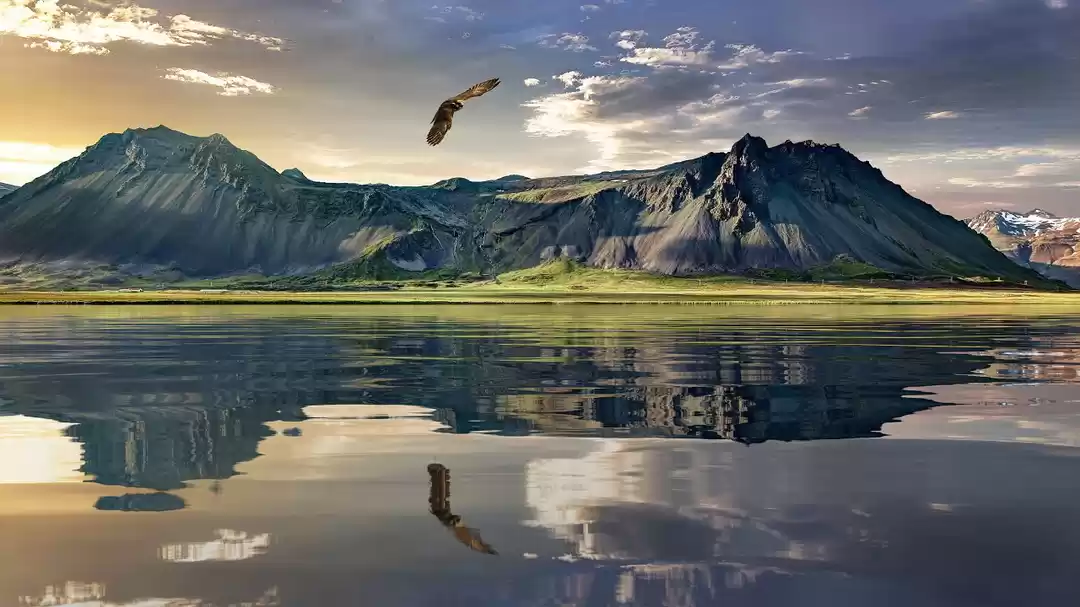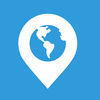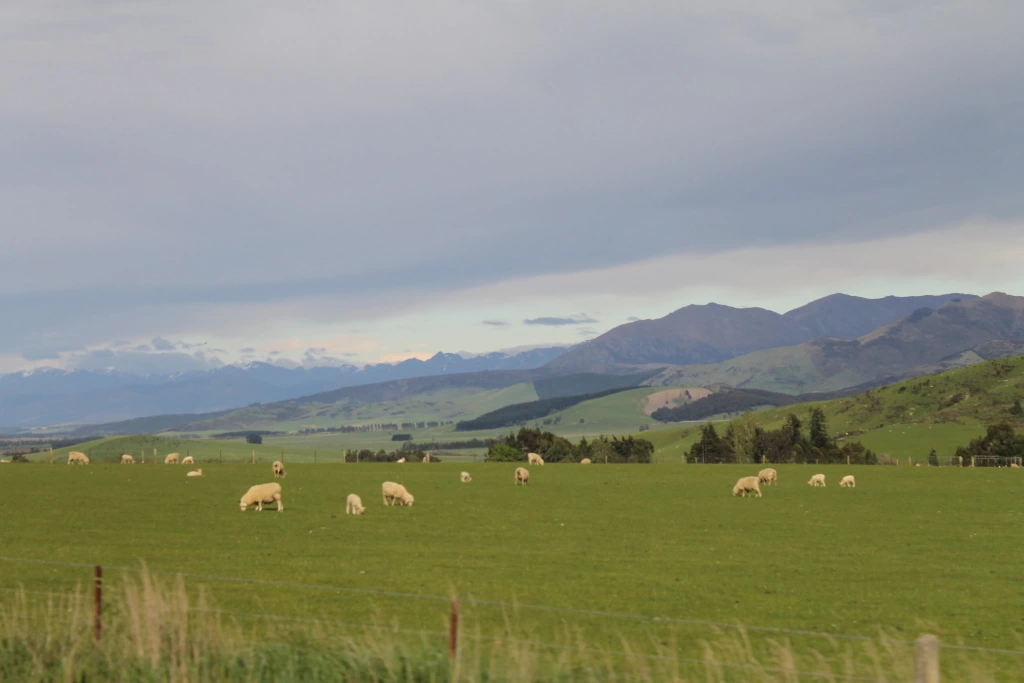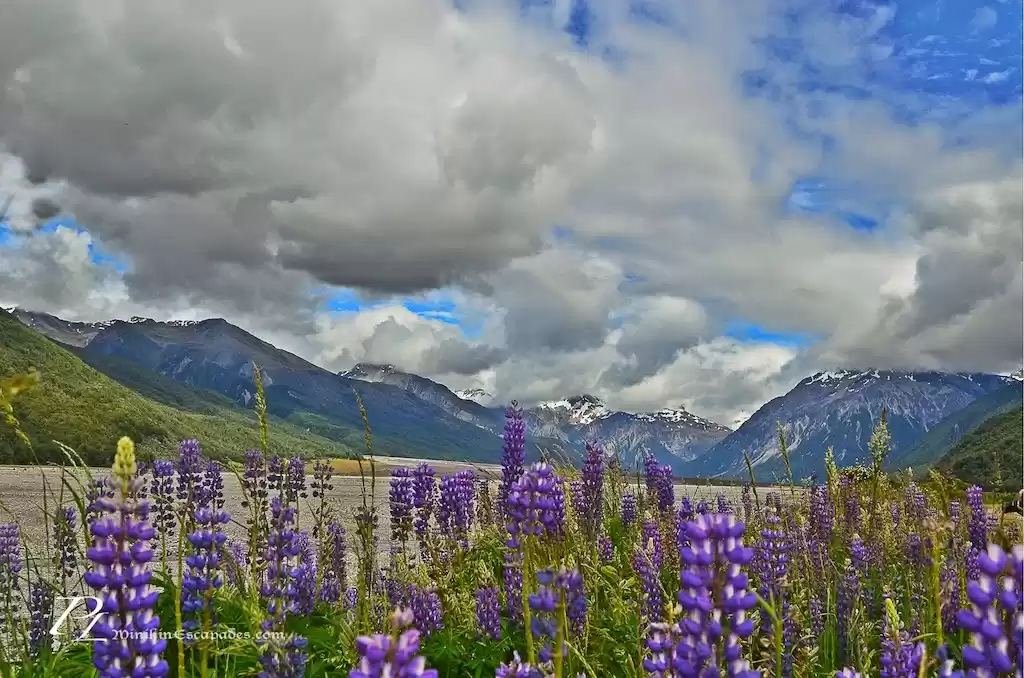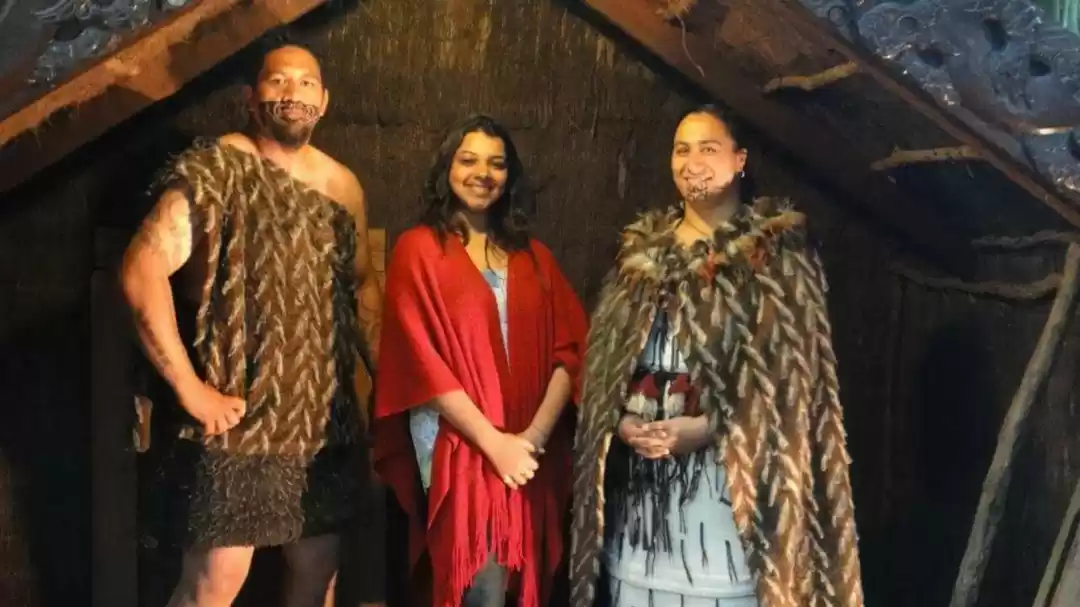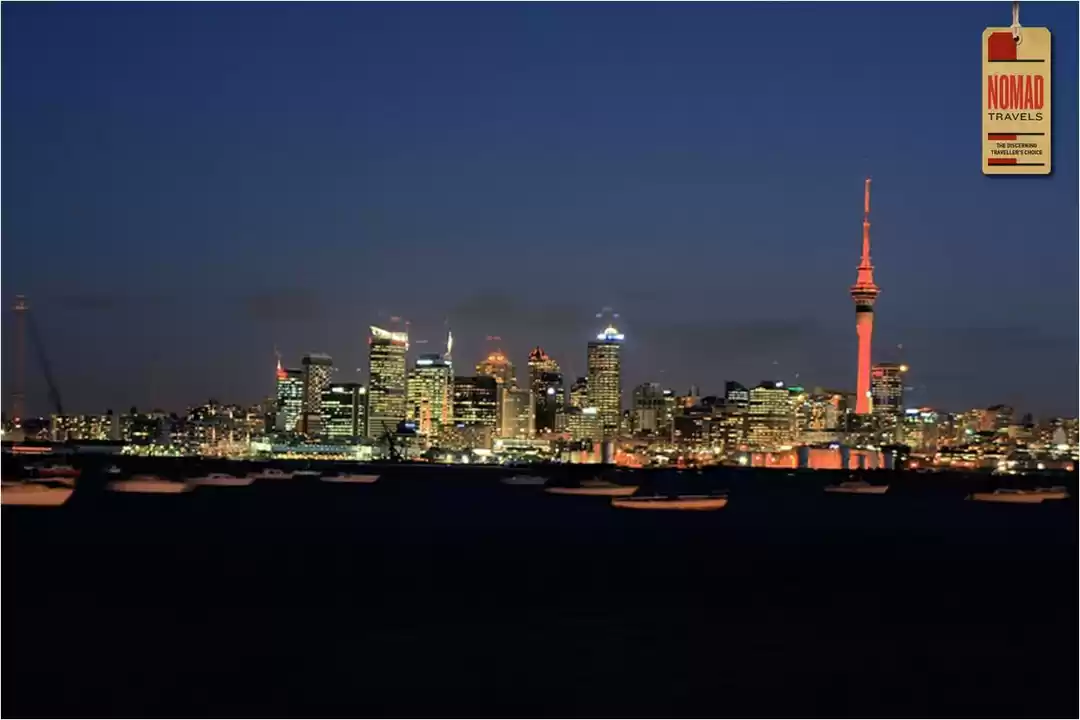Rotorua Tourism and Travel Guide
Rotorua (/ˌroʊtɵˈruːə/, from Māori: Te Rotorua-nui-a-Kahumatamomoe, 'The second great lake of Kahumatamomoe') is a city on the southern shores of the lake of the same name, in the Bay of Plenty Region of New Zealand's North Island. It is the seat of the Rotorua District, a territorial authority encompassing Rotorua and several other nearby towns. The majority of the Rotorua District is in the Bay of Plenty Region, but a sizable southern section and a small western section are in the Waikato Region. Rotorua is in the heart of the North Island, just 60 kilometres (37 mi) south of Tauranga, 80 kilometres (50 mi) north of Taupo, 105 kilometres (65 mi) east of Hamilton, and 230 kilometres (140 mi) southeast of the nation's most populous city, Auckland.Rotorua has an estimated permanent population of 56,800, making it the country's 10th largest urban area, and the Bay of Plenty's second largest urban area behind Tauranga. The Rotorua District has a total estimated population of 69,200, of which 3,600 live in the Waikato section.Rotorua is a major destination for both domestic and international tourists; the tourism industry is by far the largest industry in the district. It is known for its geothermal activity, and features geysers – notably the Pohutu Geyser at Whakarewarewa – and hot mud pools. This thermal activity is sourced to the Rotorua caldera, on which the town lies. Rotorua is home to the Waiariki Institute of Technology.The Lakes of Rotorua are a collection of many lakes surrounding Rotorua.

